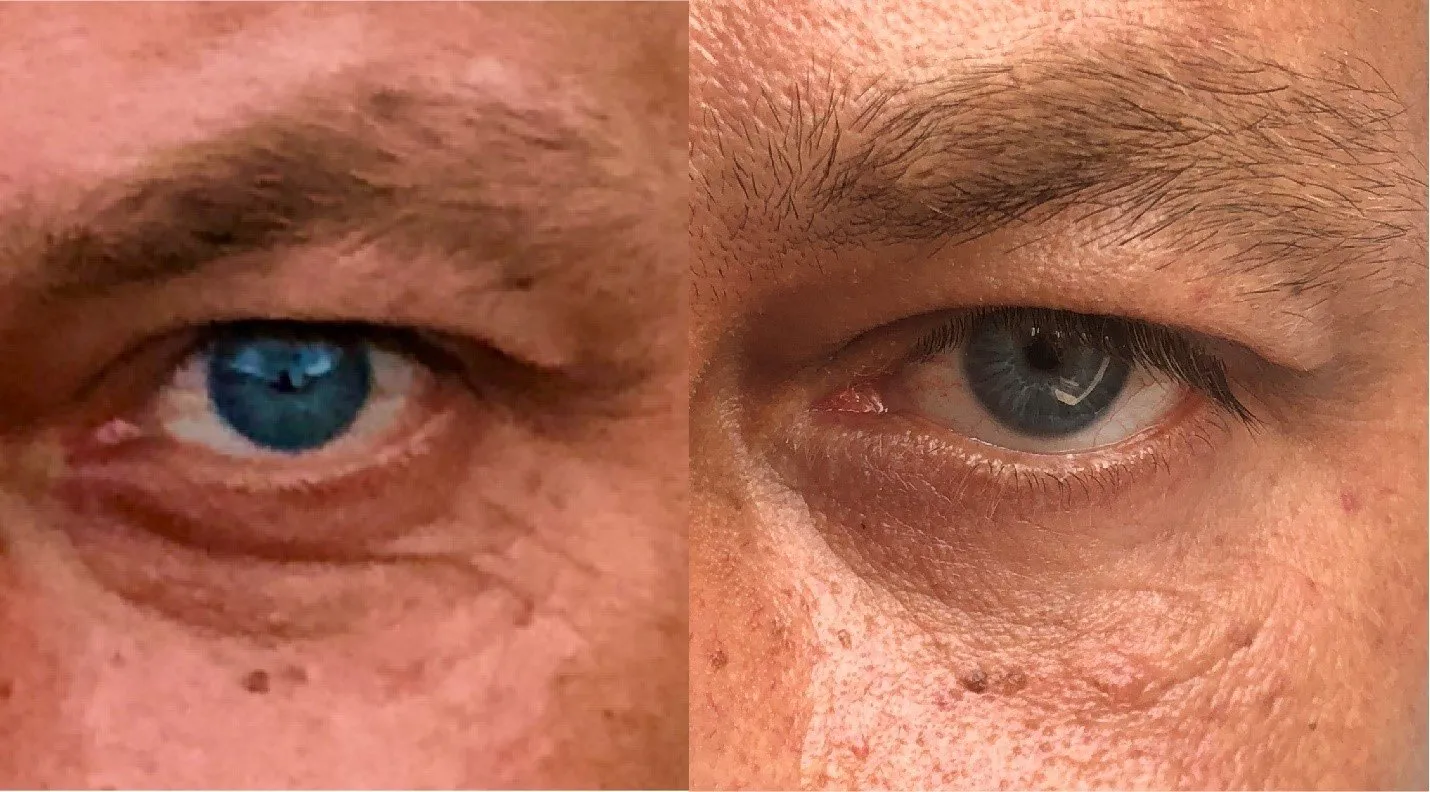Harmonizing ADA Assay and Pharmacokinetic Study Reporting: A Comprehensive Roadmap

Streamlining Immunogenicity Testing for Therapeutic Drug Development
As immunogenicity testing gains prominence in therapeutic drug development, the need for a harmonized approach to ADA assay and pharmacokinetic study reporting becomes evident. Evolving regulatory expectations and a lack of standardized ADA validation tools have led to increased complexities in addressing filling queries. This article provides a roadmap for unifying ADA sample testing and reporting, emphasizing the pivotal role of ADA Assay and their impact on pharmacokinetic studies.
Evolving Landscape of ADA Clinical Trials:
ADA clinical trials commence with preliminary screening assays to identify anti-drug antibodies, followed by confirmatory assays to validate the findings. The final phase involves Neutralizing Antibody (NAb) analysis, evaluating the neutralizing capacities of confirmed anti-drug antibodies. Immunogenicity testing is integral from early in vitro assay development to later stages of clinical studies, influencing drug pharmacokinetics, pharmacodynamics, safety, and efficacy.
Parameters for Harmonized ADA Sample Testing:
To achieve harmonization in ADA sample testing and reporting, the following parameters must be carefully assessed:
- Pre-study validation cut point
- In-study cut points
- System suitability controls
- Assay sensitivity
- Specificity and drug tolerance
- Sample stability
- Assay selectivity
- Domain specificity
- Minimum required dilution
Roadmap to ADA Testing Harmonization:
A harmonized approach is essential for market authorization applications and regulatory submissions. This involves aligning with current pharmacopeia and regulatory guidelines, ensuring a consistent and robust strategy for ADA assay validation. A comprehensive method summary is crucial, outlining critical parameters and providing regulators with a holistic view of the drug and assay throughout its life cycle.
System Suitability Criteria for Assays:
- Screening Assays:
- Negative control < 99% upper confidence limit
- Mean of low positive control to negative control ratio > 99%
- Mean of high positive control to negative control ratio > 99%
- Confirmation Assay:
- Negative control inhibition < 99% upper limit
- Inhibition percent of low and high positive controls > 99%
- Inhibition percent of high positive control to low positive control > confirmatory cut-point
- Inhibition percent of negative control < confirmatory cut-point
- Titration Assays:
- Minimum significant ratio for precision evaluation
- Titer of high positive control within minimum significant ratio identified during pre-study validation
Cut Points in ADA Assay Validation:
The multitiered ADA approach necessitates determining cut points during pre-study validation, including screening assay cut points, confirmatory assay cut points, titration cut points, and domain-specific cut points.
Conclusion:
Unwanted immune responses can significantly impact therapeutic products, making a harmonized approach crucial for ADA sample testing and reporting. The integration of ADA assays and pharmacokinetic studies demands precision, and adhering to a comprehensive roadmap ensures uniformity, compliance, and efficiency throughout the drug development process.











